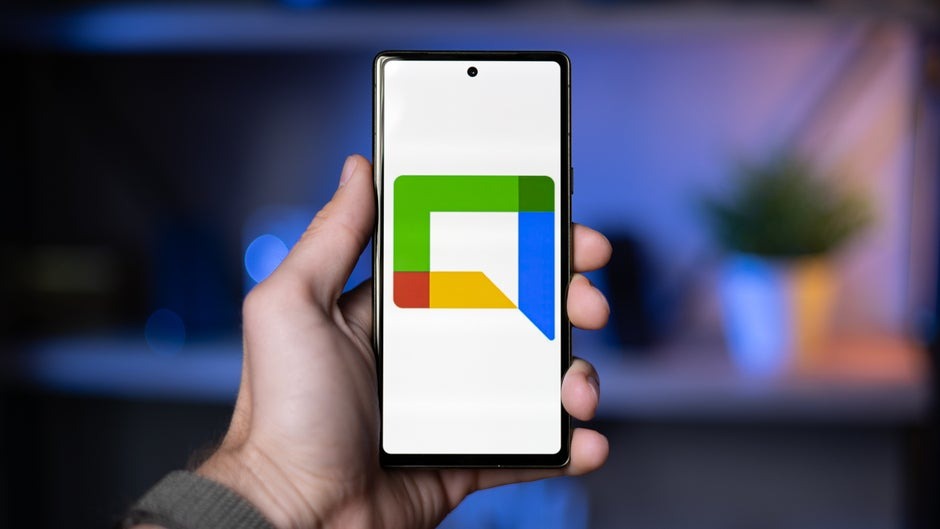The latest update to Google Chat integrates audio huddles, powered by Google Meet, further enhancing the platform’s real-time communication capabilities. This feature is designed to provide teams with quick, seamless voice collaboration without the need for scheduling formal meetings, reflecting a shift in workplace communication needs. The integration showcases Google’s commitment to evolving its productivity tools to meet the demands of hybrid and remote work environments.
The Evolution of Google Chat and Its Role in Team Collaboration
Google Chat, initially developed as a text-based messaging platform for teams, has undergone significant transformations. Its primary focus has been to bridge communication gaps among dispersed teams, offering streamlined channels, group conversations, and now, voice-enabled huddles. The inclusion of audio huddles is a pivotal step, addressing the growing demand for casual, impromptu discussions that text-based interactions cannot fulfill.

This development aligns with the broader strategy of integrating Google’s suite of productivity tools, where platforms like Google Workspace function as interconnected ecosystems. With Google Meet’s audio capabilities embedded in Google Chat, users gain instant access to a feature that eliminates barriers to communication, enhancing workflow fluidity.
How Audio Huddles Function Within Google Chat
Audio huddles in Google Chat are accessible directly within chat rooms and group conversations. Users can initiate a huddle by clicking on the audio icon, which instantly connects participants without requiring additional links or codes. This simplicity mimics in-office environments where spontaneous discussions occur organically, catering to remote and hybrid teams striving to replicate such dynamics.
One key aspect of the feature is its emphasis on flexibility. Participants can join and leave huddles as needed, making it an ideal tool for brainstorming, problem-solving, or quick updates. The functionality is particularly beneficial for agile teams, where immediate collaboration often leads to quicker decision-making and project progression.
Addressing the Challenges of Modern Work Environments
The integration of audio huddles via Google Meet addresses several challenges faced by modern workplaces. Remote work often leads to communication silos, where team members feel isolated from real-time discussions. This feature acts as a bridge, fostering a sense of presence and immediacy among team members.
Moreover, audio communication reduces the reliance on video calls, which can be resource-intensive and occasionally overwhelming in their formality. By offering an audio-only alternative, Google Chat accommodates situations where video may not be practical, such as during mobile use or when bandwidth is limited.
Comparative Analysis with Competing Platforms
Google Chat’s latest update positions it as a strong contender in the team collaboration market, competing with platforms like Slack and Microsoft Teams. Both competitors have already integrated similar features, such as Slack’s “Huddles” and Teams’ “Calls,” emphasizing the industry-wide shift toward more dynamic communication tools.
| Feature | Google Chat (Audio Huddles) | Slack Huddles | Microsoft Teams (Calls) |
|---|---|---|---|
| Audio Capability | Integrated via Google Meet | Native audio support | Audio and video integration |
| Ease of Access | One-click activation | Minimal setup | Built into Teams interface |
| Flexibility | Drop-in/drop-out feature | Similar drop-in functionality | Structured, scheduled options |
| Integration | Seamless within Google Workspace | Part of Slack ecosystem | Deep integration with Office 365 |
While Slack pioneered casual audio chats with its Huddles feature, Google Chat differentiates itself through deep integration with the broader Google Workspace ecosystem. This allows users to transition between tools like Google Docs, Sheets, and Gmail without disruption.
Broader Implications for Workplace Communication
The introduction of audio huddles signifies a growing trend toward tools that prioritize simplicity and immediacy. As companies navigate the complexities of hybrid work models, features like this can reduce friction and encourage more natural communication flows.
By embedding audio into Google Chat, the platform helps teams maintain productivity while reducing the need for elaborate scheduling. For instance, a manager seeking input from their team can quickly initiate a huddle within an existing chat thread, avoiding the delays associated with scheduling formal meetings.
Ensuring Privacy and Security in Real-Time Audio Communication
As with all Google Workspace features, security and privacy remain key considerations. Audio huddles leverage Google Meet’s encryption protocols, ensuring that all communications are protected against unauthorized access. Additionally, administrators retain control over feature availability, enabling organizations to customize settings based on their policies.
These safeguards are particularly relevant for industries handling sensitive information, such as healthcare or finance. Google’s adherence to compliance standards ensures that the introduction of audio huddles does not compromise organizational security.
Practical Applications Across Industries
The versatility of audio huddles makes them suitable for various industries and team sizes. In the education sector, for example, teachers can use the feature for quick faculty discussions or student queries without resorting to formal class meetings. Similarly, in creative industries, teams can brainstorm ideas spontaneously, capturing the essence of in-person collaboration.
For customer-facing roles, sales and support teams can leverage huddles to quickly address client concerns or coordinate internally without disrupting ongoing conversations. The flexibility and ease of use provided by this feature open avenues for more responsive and adaptive workflows.
Future Prospects and Enhancements
While audio huddles mark a significant advancement, there is potential for further enhancements. Integrating transcription capabilities, for example, could add value by allowing participants to review discussions post-huddle. Additionally, expanding language support and adding tools like noise cancellation would cater to a broader user base.
As Google continues to innovate, its focus on user-centric designs and seamless integration will likely lead to more features that complement the evolving nature of work. Feedback from early adopters will play a crucial role in shaping the trajectory of audio huddles and similar functionalities.
Concluding Thoughts
The integration of audio huddles into Google Chat via Google Meet exemplifies Google’s commitment to enhancing team collaboration in a hybrid work era. By offering a flexible, user-friendly alternative to formal meetings, this feature bridges gaps in communication, fostering productivity and connection among team members. As workplaces continue to adapt, tools like these ensure that communication remains efficient, accessible, and aligned with modern needs.










Add Comment